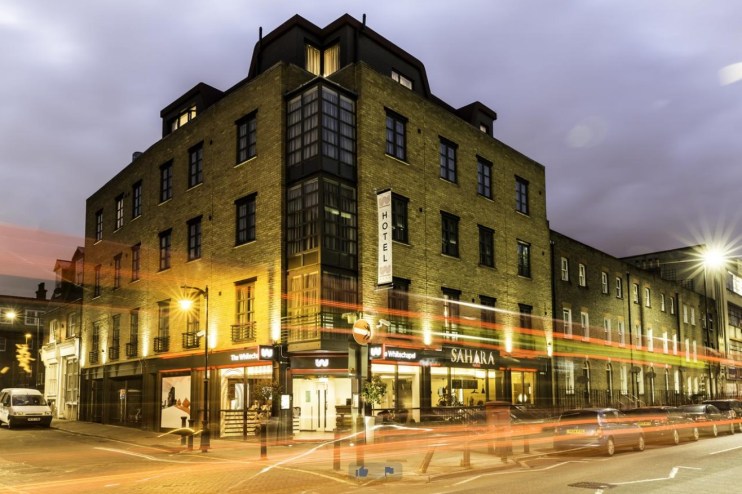Smart cities can pioneer a new future for Britain with fully-integrated tech

When a group of the country’s leading telecoms experts met with the DCMS Select Committee in July 2020, they advised that improved digital infrastructure and a move towards “smart cities” will be essential for a sustainable, post-pandemic recovery.
When a group of the country’s leading telecoms experts met with the DCMS Select Committee in July last year, they told MPs Britain would need to vastly improve its digital infrastructure in order to move towards “smart cities”.
The vision of fully integrated smart cities has already been pursued in pockets of the UK, with Sunderland given the prize of Britain’s “smart cities of the year” in 2020. Sunderland upgraded its core digital infrastructure, it rolled out free ultrafast public Wi-Fi with download speeds surpassing the first 5G cities. The upgrade makes it more attractive for homebuyers, businesses and investors, and the council has been able to improve the services it offers the community.
For example, Sunderland has installed an IoT (Internet of Things) telecare system in the homes of 350 elderly and vulnerable people. Enabled devices are equipped with software, sensors and complementary tech, specifically to connect and exchange data with other systems and over the internet. These devices are interconnected on the network and can “speak” to each other to enable remote operation of day-to-day tasks.
Network-connected sensors mean residents can use their smart devices to close curtains, make sure that doors are shut, send reminders to take medication and make sure that residents are eating and drinking by monitoring smart fridges and kettles.
Smart cities can deliver connected CCTV cameras, intelligent road systems and public safety monitoring systems. Savvy property developers and landlords and their residents will directly experience the benefits from early adoption.Seamless, uninterrupted 5G connectivity across the development, will allow homeowners and tenants to move freely around around their complex without experiencing ‘lag’ or a drop in connection speeds.
Taking this a step further, NPO developer ThamesWey Group has deployed integrated systems to allow users to access their own private network “bubble” using an individually set passcode. This means their internet connection is safe and secure from third-party hijacking, no matter where they are located on a smart enabled complex.
Fully integrated smart cities, once the remit of futuristic movies, are becoming a reality to help society reimagine how urban areas operate and, crucially, improving lives. Many of us could not imagine a life without a dishwasher or a hoover, so integral are these things to our lives. So too will smart cities be in the years to come.
In order to realistically achieve this, there must be strong connectivity infrastructure nationwide. It can’t be left up to individual cities to forge the path forward, or we will end up with disjointed urban planning.
Of course, the much-touted advent of 5G and Wi-Fi 6 will nudge smart technology into the mainstream and accelerate new deployments. Yet progress towards a Smart Britain remains frustratingly slow, exacerbated by a lack of funding and cohesive planning.
We should follow the example of cities such as Singapore and Oslo, who are both ranked within the Top 50 Smart Cities in the world . Oslo for example is now investing heavily in pioneering platforms such as the the ‘SmartOslo Accelerator’ – a portal that connects start-up communities with the City of Oslo to improve the services available to its citizens. It’s helping with areas such as transport and traffic management as well as health monitoring in response to Covid-19. Importantly, it shows the foresight needed to harness future tech.
Local authorities, contractors, landlords and developers, suddenly have a fascinating world of data analytics at their fingertips. These can be used to improve how we live, run our homes and make our towns and cities cleaner, safer and more sustainable.
And this only scratches the surface of what can be achieved.